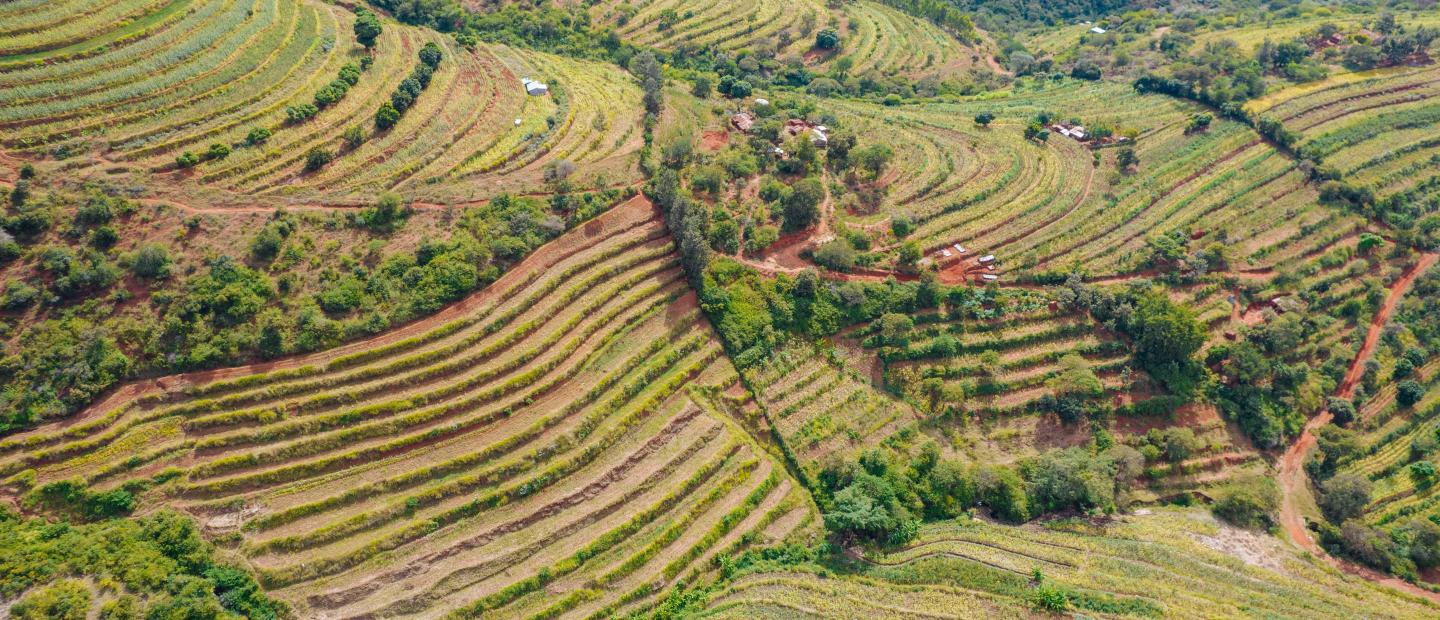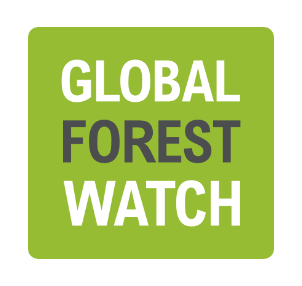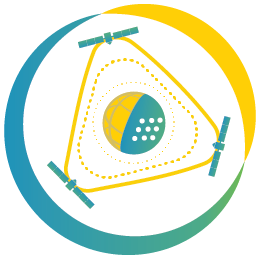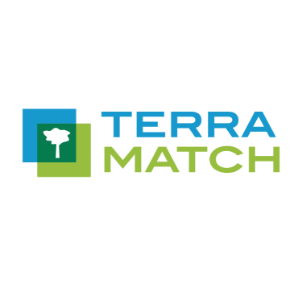TerraMatch and Collect Earth Online: An Integrated Approach to Monitoring the Priceless Planet Coalition’s Restoration Projects
TerraMatch and Collect Earth Online: An Integrated Approach to Monitoring the Priceless Planet Coalition’s Restoration Projects

The Priceless Planet Coalition (PPC), initiated by Mastercard with support from CI and WRI, aims to grow 100 million trees by 2025 in places with the greatest need for restoration. As of March 2022, the PPC has identified and funded projects in 19 locations in need of restoration. Each project has individual tree-planting targets spanning a five-year project period.
PPC prioritizes long-term monitoring of these tree-planting projects to ensure high-quality implementation and sustained benefits over time. PPC aims to monitor and capture the key benefits of restoration in a consistently replicable way across projects, despite a diverse range of biomes and interventions.
To monitor its projects, PPC uses TerraMatch and Collect Earth Online to support the application of a common monitoring framework developed by CI and WRI for PCC. The framework is composed of two main impact indicators: the number of trees restored after five years, and the percentage achieved of the targeted tree canopy cover goal. The framework also includes twelve sub-indicators organized around themes of forest cover, carbon, social/community benefits, management, and biodiversity each with defined targets and suggested monitoring methods.
The framework’s assessment methodology uses a combination of self-reported field data collected by project implementers and independent data sources, such as satellite-derived tree cover and visually-interpreted data from Collect Earth Online, to validate progress. Collect Earth Online is vital for tracking the first impact indicator – the number of trees restored. It is used to count the number of mature trees in a site before restoration begins, so that only newly-grown trees or young trees that benefit from restoration interventions are credited to the project. Collect Earth Online is also used to count the number of surviving trees after five years, which is vital to quantifying the success of the restoration project.
TerraMatch serves as PPC’s Integrated Monitoring Platform to manage, store, and report monitoring data. Field-level data are recorded within TerraMatch at specified intervals throughout the five-year project cycle: at the beginning of the project to establish a baseline, halfway through the project, and at the end of the project at year five. The field-level data are combined with satellite-derived data to measure indicators such as the change in tree canopy cover or carbon sequestered within each site. The data used to calculate the framework’s indicators – including satellite-derived data, Collect Earth Online tree counts, and self-reported data from the project organizers – are all integrated into TerraMatch, where they are used to track and report on the restoration project’s progress.
Every month, the PPC’s project implementers submit monitoring reports through TerraMatch for each restoration site and for their overall project. The timely submission and analysis of the progress data are enabled by the combination the monitoring framework, specific data collection protocols, Collect Earth Online data, and the Integrated Monitoring Platform on TerraMatch. The results are then passed to Mastercard and other PPC funding partners quarterly. This suite of tools and protocols allow for timely, accurate, and comparable monitoring of a diverse group of restoration projects.
Table 1 - Indicators monitored as part of the Priceless Planet Coalition Monitoring Framework
| Impact indicators | |
|---|---|
| Number of trees restored (survived and crowded in at year 5) | |
| Percent attainment of target canopy cover | |
| Sub-indicators | ||||
|---|---|---|---|---|
| Theme | Sub-theme | Indicators | ||
| Forest | Tree density and diversity | 1.1 - Number of trees planted (by species) | ||
| Tree cover | 1.4 - Percent change in tree crown canopy | |||
| Tree survival |
1.5 - Percent survival of planted trees |
|||
| Carbon benefits | 2.0 - Estimated number of tons of CO2 sequestered (by year 5) | |||
| Social/community benefits |
3.1 - Number of socioeconomic restoration partners |
|||
| Management |
4.1 - Number of hectares under restoration, by ecosystem type and restoration intervention |
|||
| Biodiversity |
5.1 - Change in species richness within a class (optional) |
|||



